Rocky is a powerful, 3D DEM program that quickly and accurately simulates particle behaviour within bulk materials handling systems used across a variety of industries including mining and minerals processing, food and beverage, pharmaceutical, agricultural and any industry dealing with particulate systems or solids handling applications.
Some keys features include:
- an extensive library of realistic particle shapes,
- an intuitive and easy-to-use interface,
- superior scalability with CPU, GPU and multi-GPU processing,
- advanced breakage and flexible particle models,
- evaluation of belt and surface wear,
- integration with Ansys FEA and CFD,
- complex moving and vibrating boundaries and more.
In this article, we will focus on the integration with Ansys FEA and CFD and provide some examples to demonstrate how this works and why it is needed.
ROCKY DEM as a Component inside Ansys Workbench
For those already using Ansys Workbench, you will be familiar with the ability to drag and drop systems over one another and to share and transfer results from one system to another. The benefit in doing this is share common geometry across multiple systems or to transfer the results from one solver to another allowing multi-physics simulations to be conducted. Rocky’s integration into the Ansys Workbench framework, allows Rocky users to leverage these advantages of Workbench. A user can start with any geometry in Ansys Spaceclaim and share this between ROCKY DEM, Ansys FLUENT and Ansys Mechanical. Furthermore, fluid and boundary forces can solved in Ansys FLUENT and ROCKY DEM, respectively, and transferred to Ansys Mechanical as shown in the example workflow below. Finally, a parametric study can be undertaken with Ansys DesignXplorer or Optislang to conduct a simple ‘what-if’ study or a more throurough Design Optimisation study. Note that Rocky input and output parameters are fully enabled with this workflow.
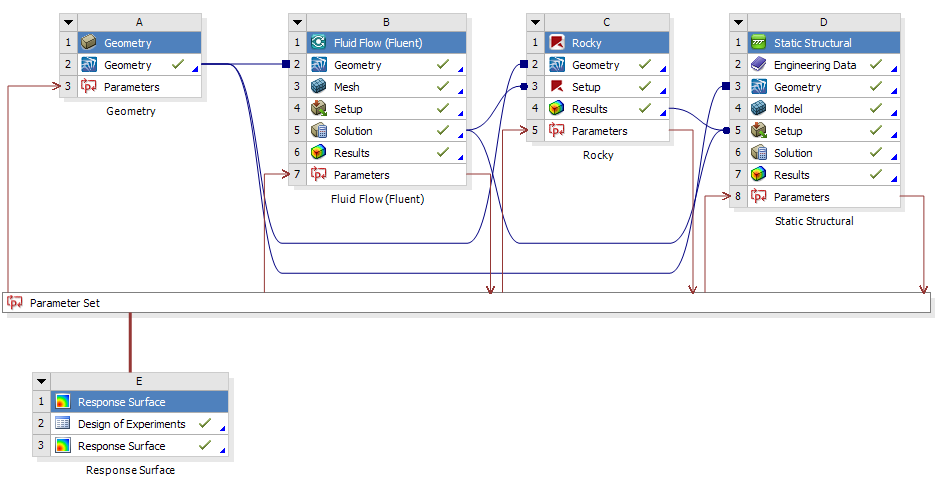
Figure 1: ROCKY DEM as a component system within Ansys Workbench
DEM-CFD Coupling using ROCKY DEM and Ansys FLUENT
In many cases the solution of the discrete particulate phase alone does not accurately describe how a system performs as there are external factors that can influence the overall bulk flow behaviour. For example, consider the fish feeding device below that distributes fish food pellets radially from a central location. If we were to solve this using DEM alone, air resistance would be ignored and the pellet trajectory distance would be overestimated. By taking the drag force into account, we can estimate the landing location with a reasonable degree of accuracy. To complicate matters even more, an appropriate drag law must be selected that takes particle shape and alignment with the flow into account.
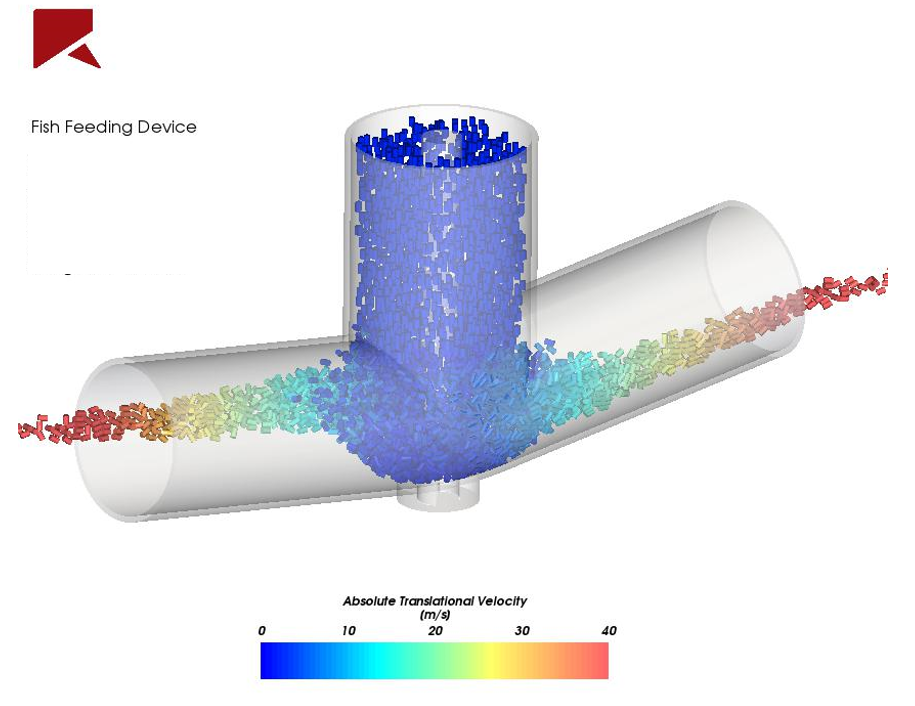
Figure 2: Fish feeding device rotating and distributing cylindrical fish food pellets
The above examples adopts a ‘one-way coupling’ approach which is typically used in situations where the fluid field affects the particle flow but the particle flow does not, in turn, affect the fluid field. This method is particularly useful for simulating dilute flows.
For dense flow systems on the other hand, where the feedback of the fluid flow on the particle flow is important, a two-way coupling approach must be used. In both approaches, the particles are solved in DEM using Lagrangian particle tracking by explicitly solving the equations that govern translational and rotational particle motion along with the energy balance on the particle. These equations take into account the forces and torque on particles due to the fluid phase.
In the two-way coupling, given the pressure and fluid velocities computed by Ansys Fluent, Rocky DEM computes the volume fraction of the particulate phase and the momentum and energy exchanged between particles and fluid phases. These terms are then transferred to the CFD solver, which uses this information to solve the equations that govern the fluid flow, updating the pressure and fluid velocities and temperature in cases where heat transfer is important. This two-way exchange of information continues for each new time step until the full granular-fluid model is revealed as shown in the figure below.
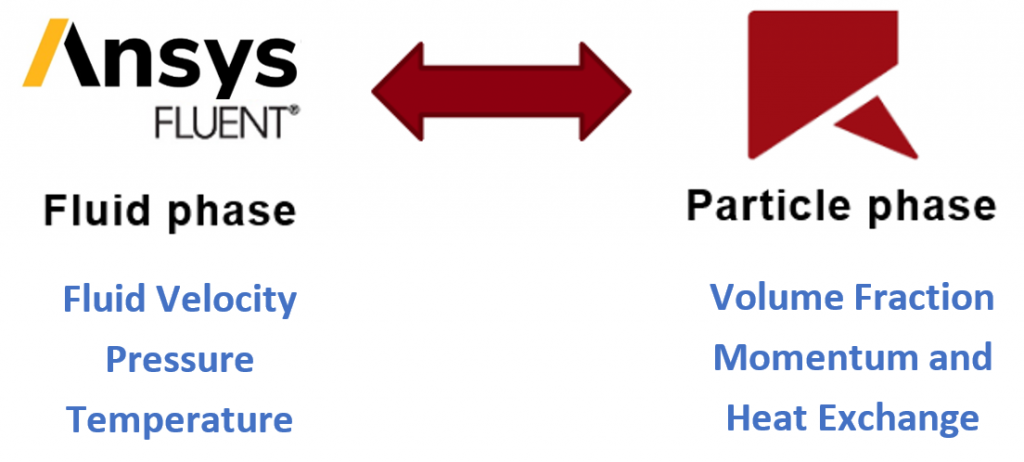
Figure 3: Two-way Ansys Fluent-Rocky DEM coupling.
There are many applications requiring a fully coupled two-way solution such as fluidized beds, pneumatic and hydraulic conveying, slurry mills and slurry transport etc. The example below shows the snap-shot of a tablet coating device which was modeled using the two-way Rocky-Fluent coupling. Multiple domains with non-conformal and moving meshes are used. Custom particle shapes are used to accurately predict the tablet heating as hot air flows within the equipment, by taking into account both convective and conductive heat transfer. This simulation allowed engineers to predict the residence time and temperature distribution of particles for different operational conditions.
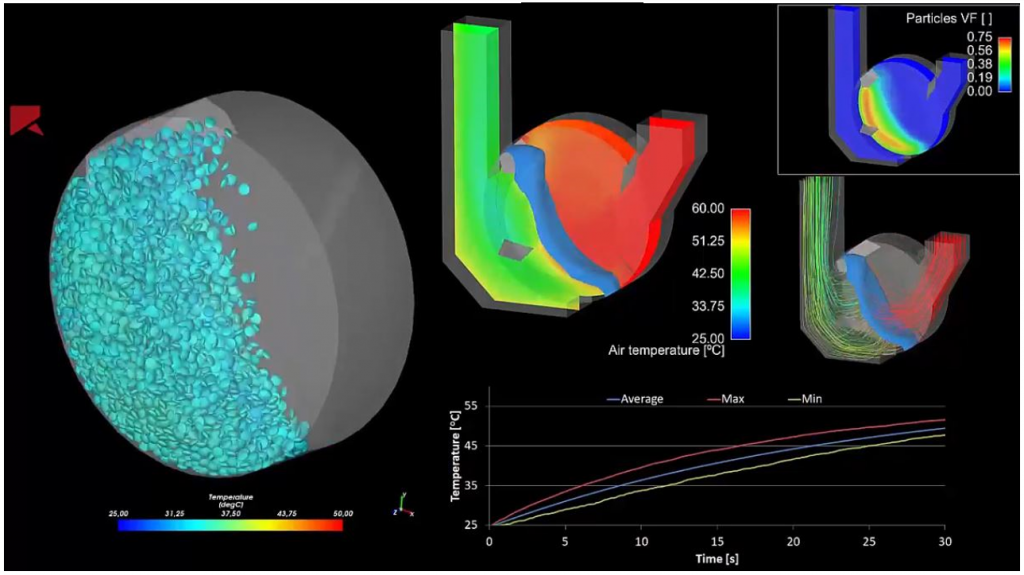
Figure 4: Fully coupled simulation of a pharmaceutical thermal tablet coater.
Right Solution for the Right Application
As there are already many comprehensive multiphase models within FLUENT alone, model selection can be a little overwhelming or sometimes confusing … so, how do we know when should the Ansys ROCKY-FLUENT coupling be used?
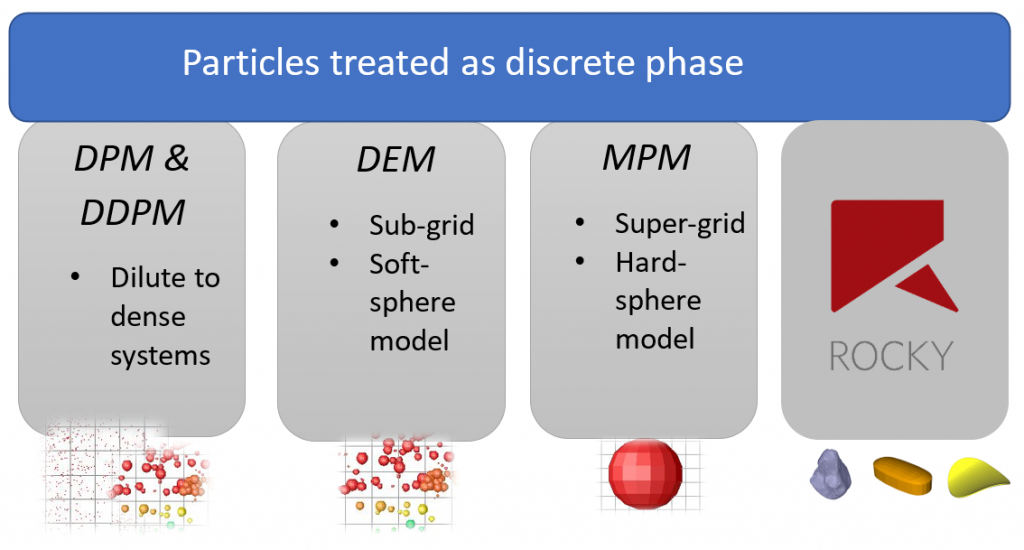
Figure 5: ROCKY DEM-FLUENT coupling adds to the already set of comprehensive multiphase models
The main advantage of the Fluent-Rocky DEM coupled approach is that since particle-particle and particle-boundary interactions are solved and all forces acting on particles are computed on the DEM side, cases in which particles have unique, non-spherical shapes can be accurately solved.
Rocky’s precise shape representation (including custom convex and concave shapes, flexible fibers, and shell particles) combined with its several laws for computing the fluid forces on particles, increases the accuracy of the models. By the same token, adhesive/cohesive materials can be modelled using one of the adhesion models available in Rocky DEM.
In addition, as each individual particle is tracked by the DEM solver, the complete history is available for all particles inside the domain (this includes, for example, velocities, temperatures, and contact data). Bringing together the extensive post-processing tools available in Rocky, it builds up the level of information that can be extracted from your coupled simulation, providing better insight into your problem. In cases where particles are too small to model individually, ROCKY provides a new ‘coarse-grain’ modelling approach allowing a ‘pseudo’ or scaled-up particle size to be used effectively representing many smaller particles. This is analogous to FLUENTs parcel-based approach which has the advantage of reducing computational time without compromising accuracy. To ensure accuracy is maintained when particles are larger than the CFD mesh cell, a new volumetric diffusion mapping approach has been implemented.
Moreover, Rocky’s dedicated GPU solver and multi-GPU capabilities provides the best of both worlds allowing Rocky to solve its fastest purely on GPU and freeing up compute resource for FLUENT to run in local or distributed parallel making it possible to solve large ‘full-scale’ industrial cases with a huge number of particles.
Finally, Rocky features such as adhesion/cohesion modelling, detailed particle collision statistics, energy spectra analysis, and breakage modelling can be simultaneously used with the Fluent-Rocky coupling solution, broadening the range of cases that can be solved and expanding your analyses to the next level.
For more information or to discuss your application, contact us. Don’t forget to register for our upcoming live webinar on ROCKY and ANSYS Integration.





